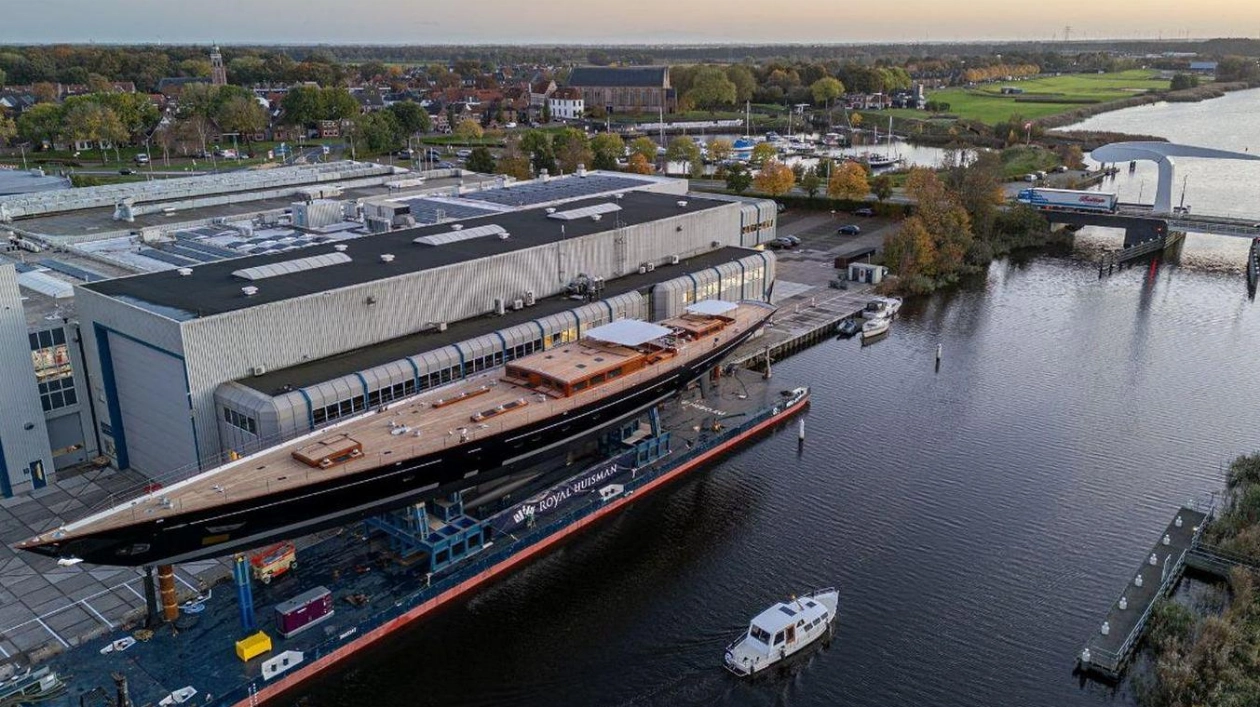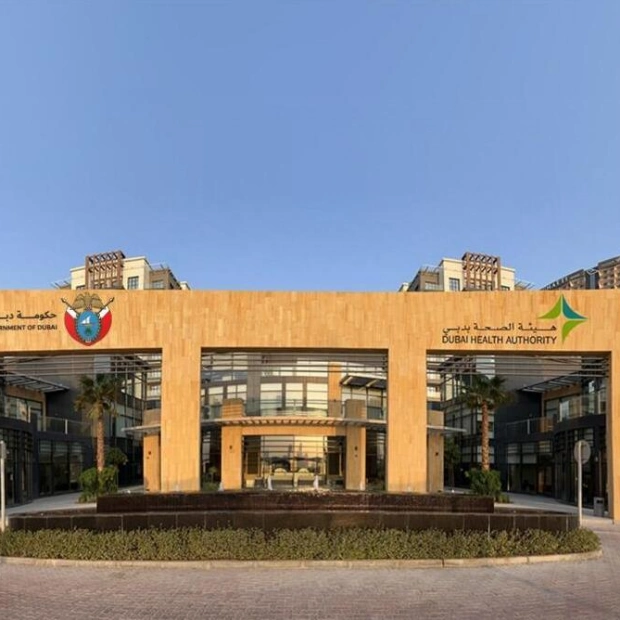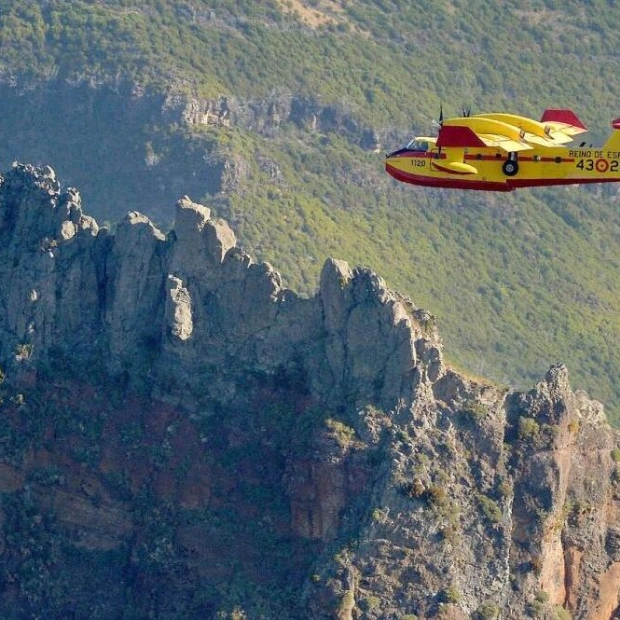The 65-metre sailing yacht Aquarius II has been launched at Royal Huisman's facilities in Amsterdam. The yacht is approaching completion, with the installation of her carbon Rondal masts and booms, and sea trials still to come. Aquarius II was commissioned by an experienced yachtsman as a successor to his 56-metre Aquarius (now Aspara), and reunites the original design and build team: Dykstra Naval Architects, Mark Whiteley, and Royal Huisman.
While larger yachts are often seen as superior in the yachting world, large sailing yachts present unique challenges. Erik Wassen of Dykstra Naval Architects explained: "Once you exceed the 60-metre hull length, it becomes challenging to fit enough sail area on a mast height of 62.5 metres, which is typically the limit to pass under the Bridge of the Americas." He continued: "But this owner said: 'I’ve done that; I’ve gone through the Panama Canal, so I’m not too concerned about the mast height.' This allowed us to provide the boat with ample sail area by raising the mast five metres, resulting in a 67.5-metre air draught. She can’t cross the Panama Canal, but she will have a lot of sail area, making her quite efficient in light breeze conditions."
The owner's vision was to embody the spirit of his current Aquarius, but with an additional nine-metre length, providing around 45 per cent more volume, including space for a fourth guest cabin, a gym, and a reconfigured owner's cabin with a wraparound sofa. Aquarius II will feature two masts, a lifting fin keel with a draft of 7.6 metres, and a total downwind sail area exceeding 4,500 square metres. "The owner enjoys sailing, so the boat needs to be relatively quick in setting sail. This is achieved with in-boom furling and by keeping the deck equipment simple and uncluttered. Aquarius II will be quite easy to sail," said Wassen.
As boats grow larger and heavier, they often become less responsive. Wassen noted: "The beauty of Aquarius was her responsiveness, which exceeded expectations for a yacht of that size. The owner wants similar responsiveness with the larger boat. Hence, the large sail area; you want a boat with stability and ample sail area that can be easily driven, so in light conditions, she will accelerate quickly when a gust hits."
Rondal and Doyle have collaborated with Royal Huisman to ensure optimal performance on a race circuit with a crew of 30 but easy to sail around the world with a reduced delivery crew. Drawing on experience from the original Aquarius, Aquarius II will feature semi-hybrid power generation, battery and load smoothing, climate control improvements, side boarding arrangements, and a sail and mast design that fully leverages the load reductions offered by Doyle’s structured luff developments and Carbo-Link’s solid carbon Elipse rigging. "With a 400-tonne boat, the loads on the rudder are immense. There’s a delicate balance between having a good feel on the helm and struggling with it. We’ve put considerable effort into optimizing the rudder shape and balance," says Wassen.
In terms of aesthetics, the yacht has a slightly lower forestay, a different ratio between the main and mizzen masts, and a lower-profile deck house.
Source link: https://www.boatinternational.com






